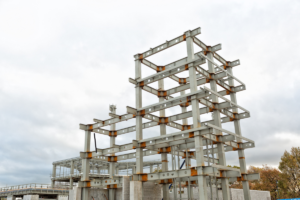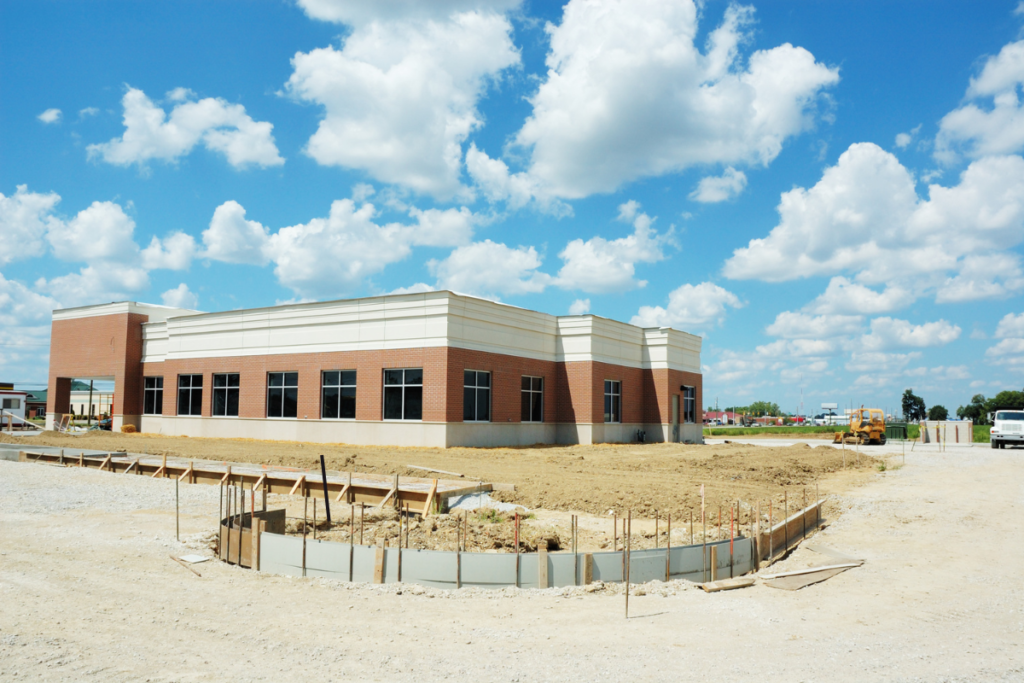 Introduction to Commercial Construction Cost Estimating:
Introduction to Commercial Construction Cost Estimating:
In the world of commercial construction, precise cost estimating is a crucial skill that can make or break a project. For contractors, developers, and clients, commercial construction cost estimating is the backbone of budgeting, enabling better planning, management, and financial control. But without a clear and thorough approach, a project’s cost can spiral, leading to lost profit or, worse, project abandonment. This article delves into the essentials of commercial construction cost estimating, outlining the best practices to ensure an accurate and manageable budget for any commercial project.
1. Understanding the Importance of Accurate Cost Estimating
Commercial construction cost estimating isn’t just about number-crunching; it’s about anticipating every aspect of a project. This includes labor, materials, equipment, and the contingencies that often arise in large-scale commercial projects. Accurate cost estimates help in:
- Project Planning: Ensuring resources align with goals and timelines.
- Financial Security: Preventing unexpected expenses that can impact profitability.
- Resource Allocation: Guiding the allocation of personnel and materials.
For stakeholders, reliable cost estimates are an assurance of a well-managed project, fostering trust and enhancing reputation.
2. Key Components of Commercial Construction Cost Estimating
To create a comprehensive estimate, there are specific components that a construction estimator must address:
- Direct Costs: Labor, materials, and equipment directly involved in the project.
- Indirect Costs: Costs not directly linked to construction work, such as administrative fees, permits, and office expenses.
- Contingency Funds: Allocated funds for unexpected expenses, often set at 5-10% of the overall budget.
- Overheads: General and administrative costs required to support the project.
Each of these components plays a role in ensuring that the budget covers every possible expense, reducing the chance of overspending.
3. Choosing the Right Estimating Method
Commercial construction cost estimating can be approached using several methods, depending on the project’s complexity and stage:
- Preliminary Estimates: Often used at the start of a project when detailed information isn’t available. These estimates offer a rough cost projection.
- Detailed Estimates: Prepared after designs are complete and all project specifics are known, leading to a more accurate estimate.
- Square Foot Estimates: Used primarily for projects with limited scope information, providing a quick cost estimate based on cost per square foot.
Each method has its place within the lifecycle of a project, and understanding which to use and when can prevent inaccuracies that lead to budget shortfalls.
4. Implementing Technology in Cost Estimating
Modern technology has transformed commercial construction cost estimating by offering tools that enhance accuracy and efficiency. Software like ProEst, Sage Estimating, and Buildertrend can streamline estimating processes through:
- Automated Calculations: Reducing human error and ensuring that estimates are consistent.
- Cloud Accessibility: Allowing estimators to access information on-site and make real-time adjustments.
- Data Analytics: Helping estimators use historical data to refine future estimates.
Using these tools can improve an estimator’s ability to produce fast, reliable estimates and adapt them quickly if project changes arise.
5. Steps to Effective Commercial Construction Cost Estimating
A systematic approach to estimating helps reduce errors. Below are essential steps to follow in creating a comprehensive and realistic estimate:
- Define Project Scope: Ensure the scope of work is thoroughly documented, outlining what’s included (and excluded) from the project.
- Estimate Labor Costs: Evaluate the workforce needed, labor rates, and anticipated labor hours.
- Calculate Material Costs: List all required materials, ensuring current market prices are considered, and account for delivery costs.
- Assess Equipment Costs: Identify all equipment needed and the costs associated with rentals, operation, and maintenance.
- Include Overheads and Profit Margins: Factor in administrative costs, indirect expenses, and the profit margin.
- Plan for Contingencies: Add a contingency budget to cover unforeseen issues or price fluctuations.
By following these steps, estimators can create a realistic projection of costs that will guide decision-making throughout the project.
6. Common Challenges in Commercial Construction Cost Estimating
Estimating is rarely without challenges, and several common issues can undermine accuracy:
- Market Fluctuations: Material prices can be volatile, impacting budget assumptions.
- Labor Shortages: Difficulty in sourcing skilled labor can delay projects and increase costs.
- Scope Creep: Unplanned changes to project scope can add significant expenses.
- Inaccurate Historical Data: Relying on outdated or irrelevant data can lead to underestimating costs.
To combat these challenges, estimators should maintain up-to-date data, collaborate with project teams to clarify scope, and prepare to adjust estimates as conditions change.
7. The Role of Experience and Knowledge in Estimating
A commercial construction cost estimator’s expertise is invaluable. Years of experience in the field can provide insights into:
- Local Labor Markets: Understanding of regional labor costs and availability.
- Material Sourcing: Knowledge of suppliers, quality standards, and competitive pricing.
- Project-Specific Nuances: Familiarity with the specific needs of various commercial structures, from office buildings to warehouses.
Working closely with skilled estimators brings an added layer of accuracy to estimates, as they understand potential challenges and know how to address them proactively.
8. Communicating Estimates to Stakeholders
Once an estimate is prepared, it’s essential to present it clearly to stakeholders, including investors, project managers, and clients. Effective communication entails:
- Transparency: Breaking down costs to provide a clear picture of where funds are allocated.
- Documentation: Providing supporting data and explaining assumptions made in the estimate.
- Flexibility: Preparing for adjustments based on stakeholder feedback or changing project requirements.
A well-presented estimate can improve stakeholder confidence and provide a solid foundation for ongoing project collaboration.
Commercial construction cost estimating is a complex, but indispensable, part of successful project planning. When done accurately, it sets a project on a path toward profitability and efficiency, minimizing unexpected expenses. By understanding the basics of cost estimation, leveraging technology, and communicating clearly, construction professionals can ensure their projects are built on a strong financial foundation. As the construction industry continues to evolve, adopting these strategies will keep projects on track, making commercial construction cost estimating a powerful tool for growth and success.
Are you looking for the best estimating services in USA?
Look no further than “https://zionestimating.com”
They are offering top-notch services like;
- Construction/cost estimation
- Budget planning
- Material takeoff
- Equipment estimation
and further more!!!
Here are some more information for your convenience:
Phone no. : +1 718-427-9941 || +1 562-383-6177
Email:[email protected]
Visit their blogs and site
https://zionestimating.com for the latest updates and service tips!
